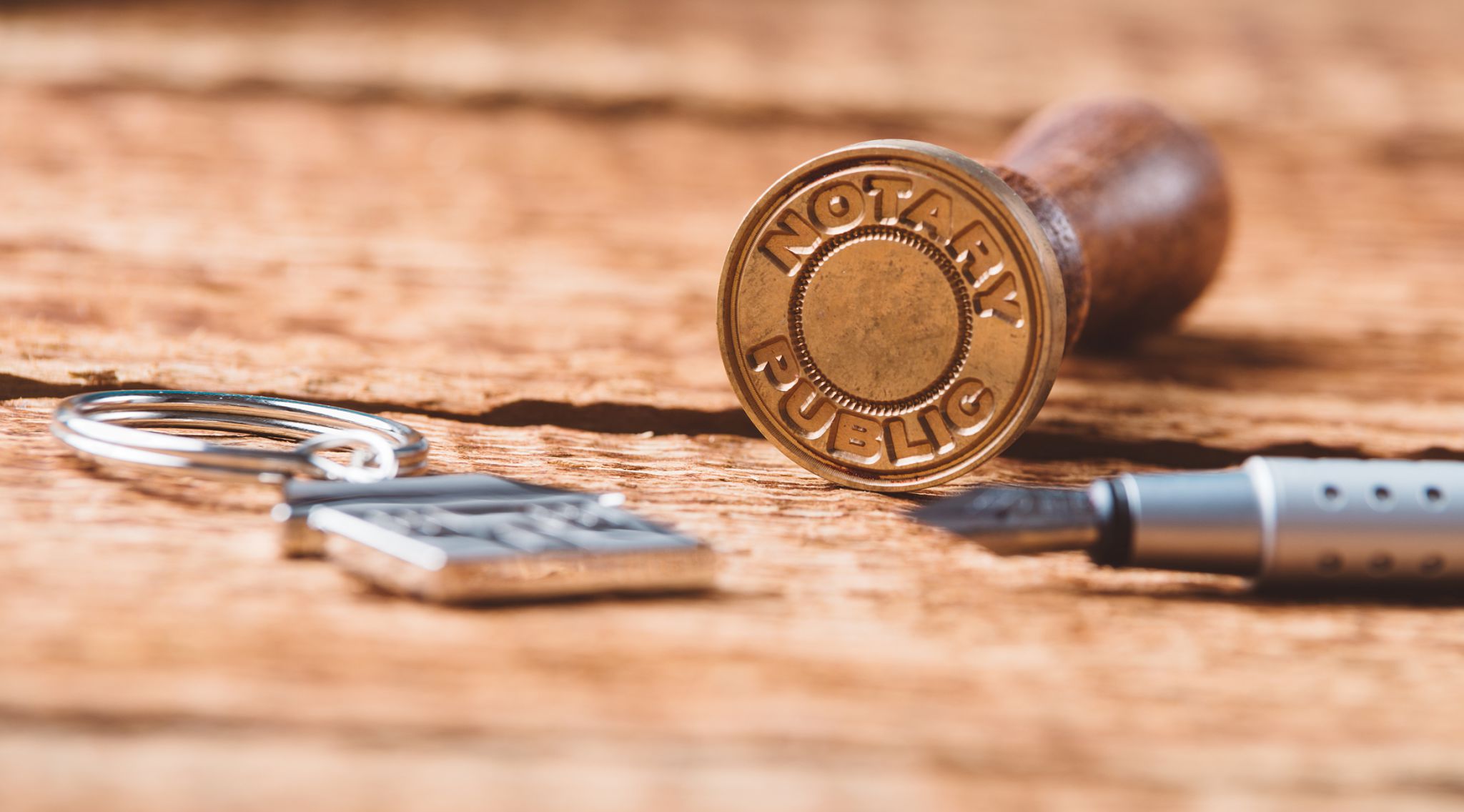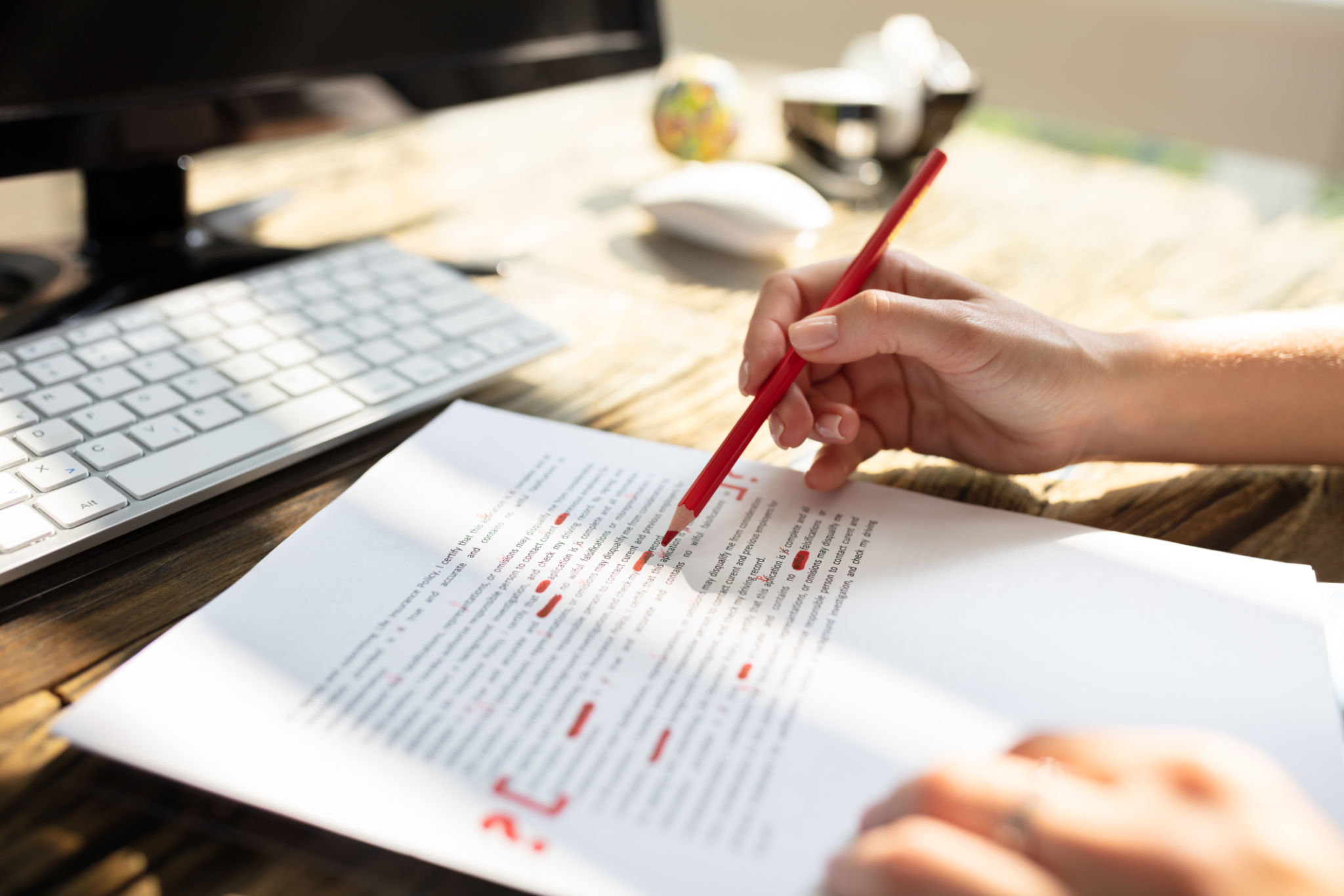Avoiding Common Mistakes in Document Notarization at Home
Understanding the Basics of Notarization
Document notarization is a critical step to ensure the authenticity and legality of important papers. Whether you're dealing with real estate documents, affidavits, or powers of attorney, notarization serves as a fraud deterrent. When performing notarization at home, it's essential to understand the basics to avoid common pitfalls.

Notaries act as impartial witnesses to the signing of documents, confirming the identity of the signers and their willingness to sign without coercion. This process adds a layer of trust and security, making the documents legally binding. However, mistakes in notarization can lead to invalidated documents and legal complications.
Common Mistakes in Document Notarization
Failing to Verify Identification Properly
One of the most frequent errors in notarization is not thoroughly verifying the identity of the signers. It's crucial to check government-issued IDs and ensure they are current and valid. A notary must also confirm that the name on the ID matches the name on the document.
Neglecting to Complete the Notarial Certificate
The notarial certificate is an integral part of the notarization process. It includes details about the document, the date, and the location of notarization. Failing to fill out this section completely can render the notarization invalid. Always double-check that all necessary fields are completed and accurate.

Ensuring Compliance with State Laws
Each state may have different requirements and regulations regarding notarization. A common mistake is assuming that one state's rules apply universally. It's essential for notaries to familiarize themselves with their specific state's laws to ensure compliance.
For instance, some states might require additional witnesses, while others may have restrictions on what types of documents can be notarized remotely. Staying informed about these rules is crucial for a valid notarization process.
Practical Tips for Successful Notarization
Preparing Your Environment
A cluttered or noisy environment can lead to distractions and mistakes during notarization. Ensure your workspace is organized and free from interruptions to focus entirely on the task. This preparation helps maintain professionalism and accuracy.

Double-Checking Documents
Before beginning the notarization process, carefully review all documents for completeness and accuracy. Verify that all necessary sections are filled out correctly and that there are no errors in spelling or dates. This attention to detail can prevent future complications.
Additionally, confirm that all parties involved understand the document's content and purpose. Ensuring informed consent is a key responsibility of a notary, contributing to a seamless notarization process.
Utilizing Technology Wisely
In today's digital age, technology offers tools that can aid in the notarization process. Electronic notary journals and secure digital platforms can streamline record-keeping and enhance security. However, it's essential to choose tools that comply with legal standards and offer robust security features.
While technology can be beneficial, it's crucial not to rely solely on digital aids without ensuring their compliance with relevant laws and standards. Balancing traditional methods with modern tools can lead to effective and error-free notarization.
